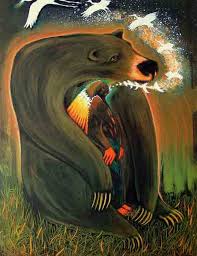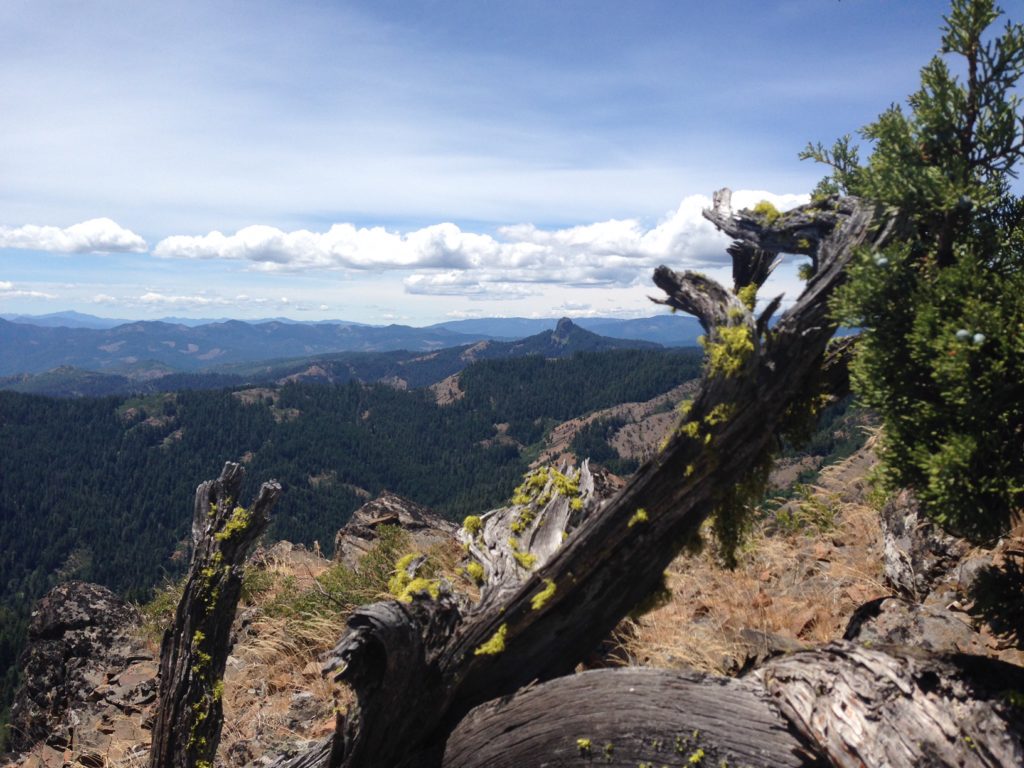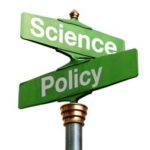 In his essay “Sanctuary” from On the Brink of Everything: Grace, Gravity and Getting Old, author and activist Parker Palmer describes the mandatory church attendance of his childhood, and how he came to associate the word “sanctuary” with stained glass windows, hard wooden pews, and the strong desire to flee that space and its terrible feeling of captivity. He continues:
In his essay “Sanctuary” from On the Brink of Everything: Grace, Gravity and Getting Old, author and activist Parker Palmer describes the mandatory church attendance of his childhood, and how he came to associate the word “sanctuary” with stained glass windows, hard wooden pews, and the strong desire to flee that space and its terrible feeling of captivity. He continues:
“Today—after eight decades of life in a world that’s both astonishingly beautiful and horrifically cruel—“sanctuary” is as vital as breathing to me. Sometimes I find it in churches, monasteries, and other sites formally designated “sacred.” But more often I find it in places sacred to my soul: in the natural world, in the company of a faithful friend, in solitary or shared silence, in the ambiance of a good poem or good music.
Sanctuary is wherever I find safe space to regain my bearings, reclaim my soul, heal my wounds, and return to the world as a wounded healer. It’s not merely about finding shelter from the storm—it’s about spiritual survival and the capacity to carry on. Today, seeking sanctuary is no more optional for me than church attendance was as a child.”
Later in the essay, Parker quotes Thomas Merton: “The frenzy of the activist neutralizes his work … It destroys the root of inner wisdom which makes work fruitful.”
Parker continues:
“Merton names one of our deepest needs: to protect and nurture the “root of inner wisdom” that makes work and life itself fruitful. Fed by the taproot some call the soul (emphasis mine), we need neither flee from the world nor exploit it. Instead, we can love the world with all its (and our) flaws, aspiring to the best of human possibility.
We can live that way only if we know when and where to seek sanctuary, reclaiming our souls for the purpose of loving the world. When service emerges from whatever nurtures the root of one’s inner wisdom, it’s much less likely to be distorted by the violence of activism and overwork. Once we understand that, we are moving toward the heart of nonviolence—the only way of being that has any chance to transcend and transform the violence of our culture.”
I am struck by Parker’s discussion of his soul as having its own life, in a sense. He describes his soul as an entity that’s part of him, yet separate—an entity that needs care and protection. It’s through care of our souls, he says, that right action emerges.
Right action, I believe, is crucial in our wounded country and hurting world. Especially now, on the eve and in the aftermath of the American midterm elections. We require action rooted in deep wisdom, action that flows from the sustaining, abiding Heart of Life.
This week, seek solace and sanctuary for your soul. Seek sanctuary for your soul, first for yourself. And then do it for all of us, your fellow earthlings. When your work is deeply rooted in wisdom, your work will help us heal.
As Parker says, sanctuary is as “vital as breathing.”


